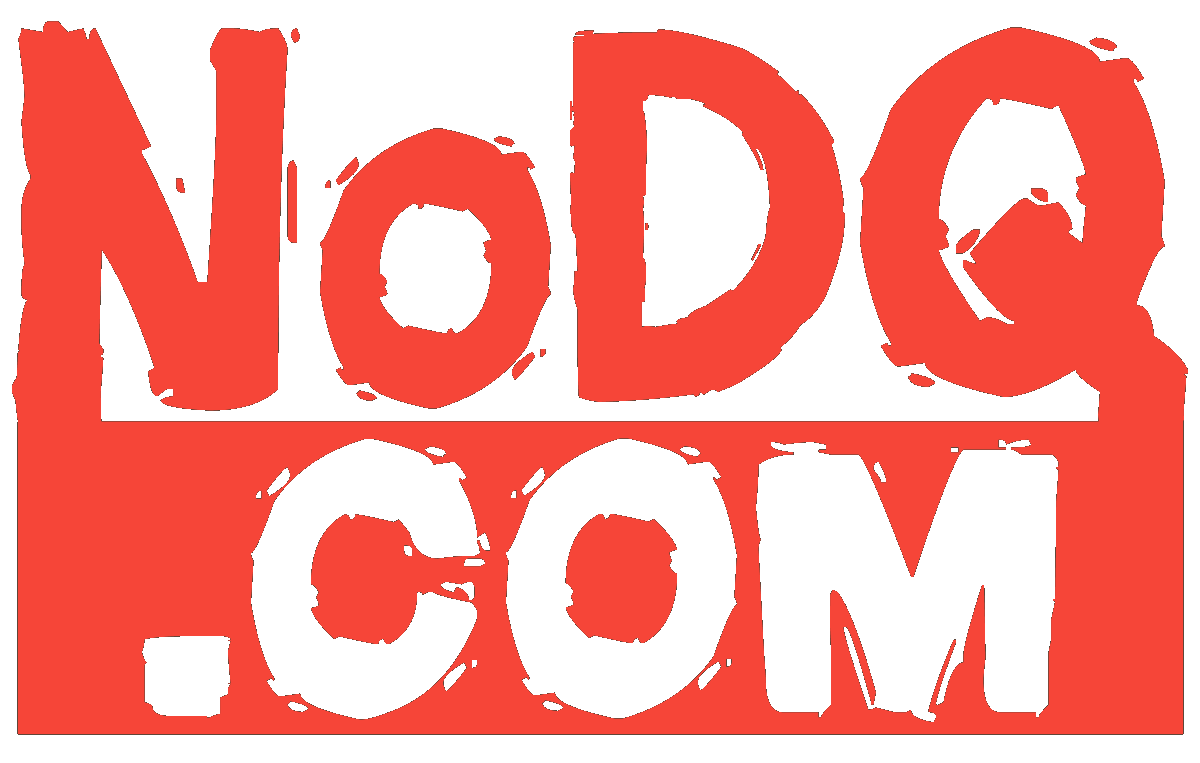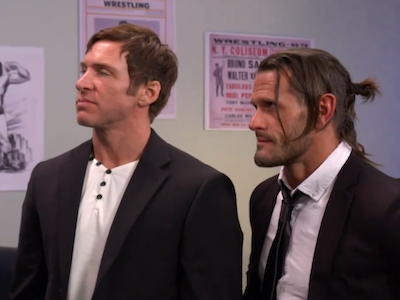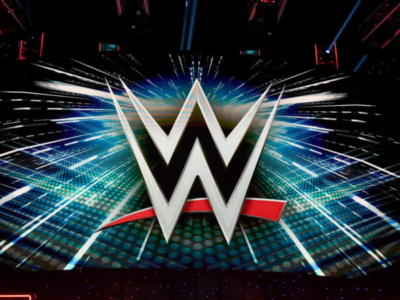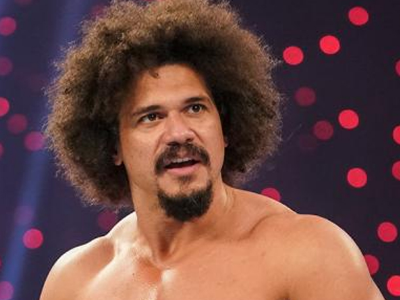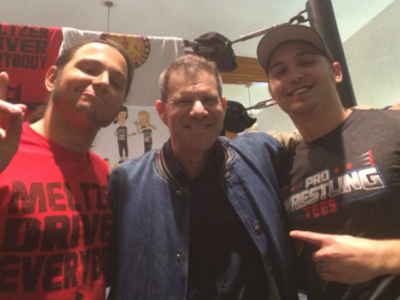Why star ratings cannot measure good wrestling
For as long as we can remember, ranking professional wrestling matches on a subjective numerical scale has been a staple in the Internet Wrestling Community, whether you were a historian, a professional pundit or a mere opinionated fan, with perhaps Dave Meltzer’s famous (or infamous) star rating system being the most prevalent example of this. Personally, I’m not in favor of this practice, and I don’t consider it to be an accurate representation of match quality.
While there is a fun aspect to handing out star ratings, comparing them and having debates about it within the fandom, this approach of rating matches individually, without relating them to the big picture, or judging a show’s quality based on the average of points given to the individual matches is actually very misleading and causes people to not see the wood for the trees.
A wrestling card that is put together well, is actually a big whole, not just a series of matches and segments that are unrelated to each other, exist in a vacuum and have no effect on one another. If you come up with a sensible format for your show, then every match (or segment) has a certain purpose that you need to achieve. This purpose can be very different with each match, based on its position on the card, the importance of the performers and the creative goals you have. Only the most rabid and unreasonable workrate-fanatics believe that if you have a 3-4 hour show, every match must go 120 miles an hour, every wrestler must perform to the uttermost of their abilities, and they all must steal the show, if you are to consider said event ’great’. Because if this happens, they actually steal the show from each other, the audience gets prematurely exhausted, or will not be able to pay attention to the most relevant moments, and at the end of the day, everybody loses out.
Naturally, the goal is that everything should be entertaining in its own way and you shouldn’t produce something that is intentionally bad, but the success of your match is primarily defined by achieving the goals that made the powers-that-be put you on the card in the first place. Did you manage the put something over that you were supposed to put over? The person, the story, the new finishing move, the new catchphrase, or whatever? From that perspective, a cool-down match (or a piss-break match in more vulgar terms) is not pointless either, because it serves the purpose of allowing the crowd to catch their breaths and re-energize themselves for the next big match. People paid to see you and you need to give them drama? Do that. You are performing in a spectacle match? Do that. Is it your job to be simple, stupid and believable? Do that. If you succeed, you did well in all three cases.
In wrestling, the interactive participation of the audience and the overall atmosphere of the show is a very important part of the psychology and the storytelling methodology. Because of this, you need to conserve your own energy and the energy of those fans as well. This is what we call ’pacing a show’. If you look at events or live performances where they encourage the constantly loud, sometimes ecstatic participation of the audience, a soccer game for example takes up 2×45 minutes with a 15-minute break and a rock, pop or metal concert is generally between 90 minutes and 2 hours long, sometimes also consisting a break. If a sports game or entertainment event is longer than that, as is the case with major sports in the US, you’re guaranteed to have even more breaks or downtime during the game. A live TV taping in wrestling is 2 hours at least (usually longer with dark matches taking place before or after the broadcast) and in the case of bigger shows, the length of the event can be extended to 3-4-5 hours (or 7 with the kick-off, like with the craziest WrestleManias). This is just physically and mentally impossible for the average human to sit through and keep a constant level of energy and attention throughout this whole time.
There are different ways to format your shows in order to keep the crowd in the game. The oldschool method follows a slash pattern, in which the importance, intensity and complexity of matches are following a gradually rising trend from the first match to the last, only peaking at the very end. A more modern way that is often used for TV is the W-pattern (or wave-pattern), which starts off hot, then relaxes, picks up speed, then relaxes again, keeping this rollercoaster up until the end. If you are planning a really long show, you can also divide the event in separate blocks of 3-4 matches, using the slash pattern in each of those blocks and giving the audience a little break between them. The important thing is that within those patterns a wrestling match should not attempt to be vastly different or more than what it is actually meant to be, unless they have a very good reason for it.
However, the star ratings system simply doesn’t have an objective way to measure whether a match has perfectly fulfilled its purpose or not. This approach actively overrates performances that may sometimes be a hindrance to the big picture and underrates talent who are ’just’ doing their job in a perfect manner.
Case in point: the Money in the Bank PLE.
– Cody Rhodes and Dominik Mysterio had a very simplistic match. Cody is a pure good guy (a white meat babyface), the most popular wrestler in this category right now. Dom is a bad guy, who talks a big game, but is very cowardly (a chickensh*t heel). They are both getting strong reactions from the audience. The way this match went was that Cody came out on top in every fair sequence, because he is supposed to be better, while Dominik was running from him, hiding behind Rhea Ripley’s back and cheating, which enabled him to temporarily take control of the match. After they teased that the chicken heel may actually win this, Cody ’unexpectedly’ stops him, delivers 2-3 big moves and wins the match in a clean and definitve fashion. This match was exactly what it should have been and I cannot fault them for anything they did. Could they have wrestled a faster, more balanced see-saw match based on their natural abilities? Most likely, but that wasn’t the goal here, the match was only supposed to present the appeal of the characters: showing us everything that makes Dom hateable and Cody a strong babyface with great morals. They performed this task perfectly. Dave Meltzer gave this match 3 stars, so one might actually believe this was a fairly average match, yet it added to the event and to the fan experience as a whole. But like I said, you can’t measure this with a star rating scale. Was it a five-star match? Obviously not, they didn’t even attempt to do that. Was it perfect for what it was? Obviously yes. So how are you supposed to rate this fairly?
– I could also mention Gunther and Matt Riddle, they had a fairly quick 8-minute match that Meltzer rated 2.75 stars (which I think is Gunther’s lowest rated match so far on WWE Network events or PLE-s). My question is this: could Gunther and Riddle tear the house down in a 20-minute main event style match? Of course they could. Should they have done that here? God, no. Their IC title match was on the undercard and they had ladder matches before and after them (you cannot compete with those in terms of being a spectacle match and you shouldn’t want to). They also had a storyline-heavy, dramatic main event with the Bloodline Civil War (you cannot and shouldn’t want to compete with that drama, either). What can you do then, if you are sensible enough? You can do something DIFFERENT. Gunther and Riddle made their match an actual contest, where nothing looks easy, nothing looks staged and they have to struggle to hit every move (even using some shades of MMA). They capped that off with a very realistic ending, where the Austrian kept hitting the bad ankle, then immediately put the submission on it and Riddle tapped. These two guys differentiated themselves from everything else on the card, they gave Riddle an out for losing and made Gunther look strong, before the surprise return of Drew McIntyre, his next feud. They achieved every possible goal they had with this match, even though this clearly wasn’t a five-star match, either. So how are we supposed to rate this with objective numbers?
I am not opposed to the idea of giving five stars to truly exceptional or special bouts. There are indeed matches that achieve this level of quality, sometimes via great storytelling and creating memorable moments and in other cases, with their inspiring and innovative in-ring work. To hail those matches and chronicle those matches is actually your duty as a professional pundit or historian of the business. But we have to be realistic and understand that this scale is very much unsuited to measuring the quality and acutely describing ALL of the wrestling.
Perhaps this is an oldschool idea, but I have seen enough evidence of this during my career in a European indy, to firmly believe that wrestling works best, when you need to perform its art within certain restrictions and limits. Otherwise you can easily get lost in unimportant details, unnecessary moves and lose the whole plot of your match. In the ECW days of the 90s, Paul Heyman greeted his new signings from Mexico, Rey Mysterio and Psycosis with the famous words: „My ring is your canvas, paint me a Picasso!” This type of complete artistic freedom or the wrestlers’ mentality of wanting as much time as possible to show off their skills and perform their art is often very counter-productive.
Having an empty canvas to paint on is great, but it’s not a lesser art form to perform, if you get told: „You have 7-8 minutes on today’s show. Half of that will be a commercial break. I want this and this done. Please bring it home. Thanks.” Or if you get told that you have 30 seconds, not more and you need to sell me this broom. Right on the contrary. There are lots of wrestlers who are generally good at what they do, but actually freeze in a situation like that and have no idea how to do it. But certain limits will always be there, if you get to the big leagues, just like in everyday life. An ideal constellation of stars is a rare bird in this profession and you have to be able to make the most of every situation you are dealing with.
When we are watching or rating a show, or trying to decide whether a match is actually good or not, as fans it is our basic right to put our personal likes and dislikes into the position of our number one criteria. But if we wish to go a step further than that and want to try understanding the wrestling business, it’s worth asking ourselves whether the thing we are rating actually worked or not? Was it beneficial to the overall product, or not? Okay, maybe the wrestlers did not kill themselves, didn’t perform five daring flips and take three finishing moves each, but did they do a good job, did they fulfill their purpose, did they move the story forward? If the answer to that is yes, then maybe we didn’t get to see a FIVE STAR MATCH, but it wasn’t any worse, or less valuable than a 25-minute car chase – and it was still art on the performers’ part.
To adapt to a certain situation, making the most out of it and creating a valuable result from what we are given, is indeed just that: ART. In a sense, every wrestler, artist or general employee who does that is worth those five stars. And hopefully, every succesfully completed task, every job well done, every opportunity taken, every experience gained leads to more freedom and better tasks for them (or us) in the future. The people who value and deserve freedom the most are the ones, who actually have a sensible idea as to what to make of it.
